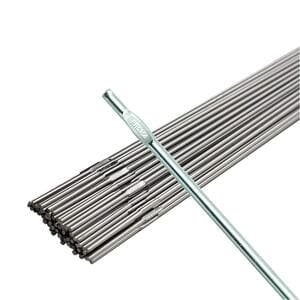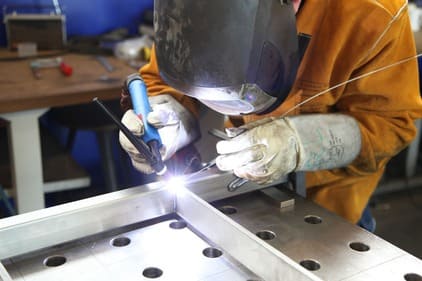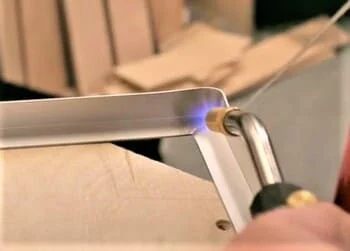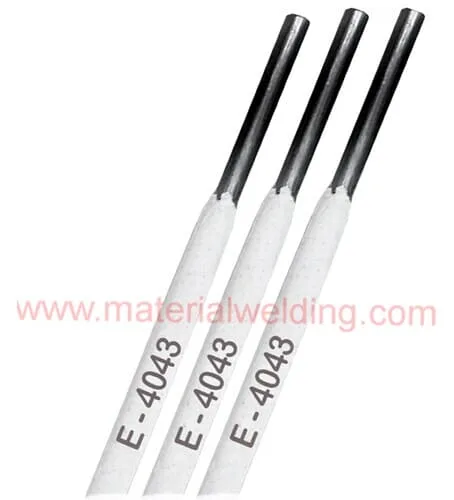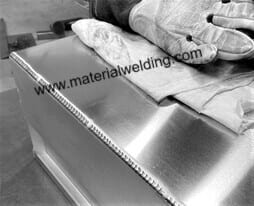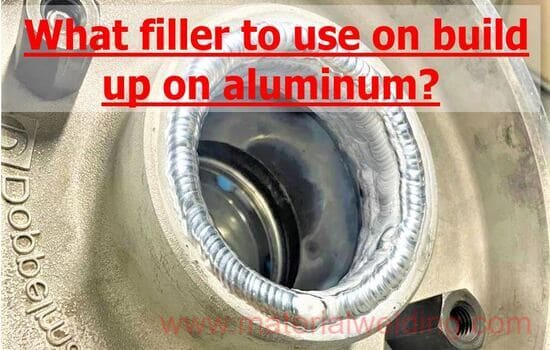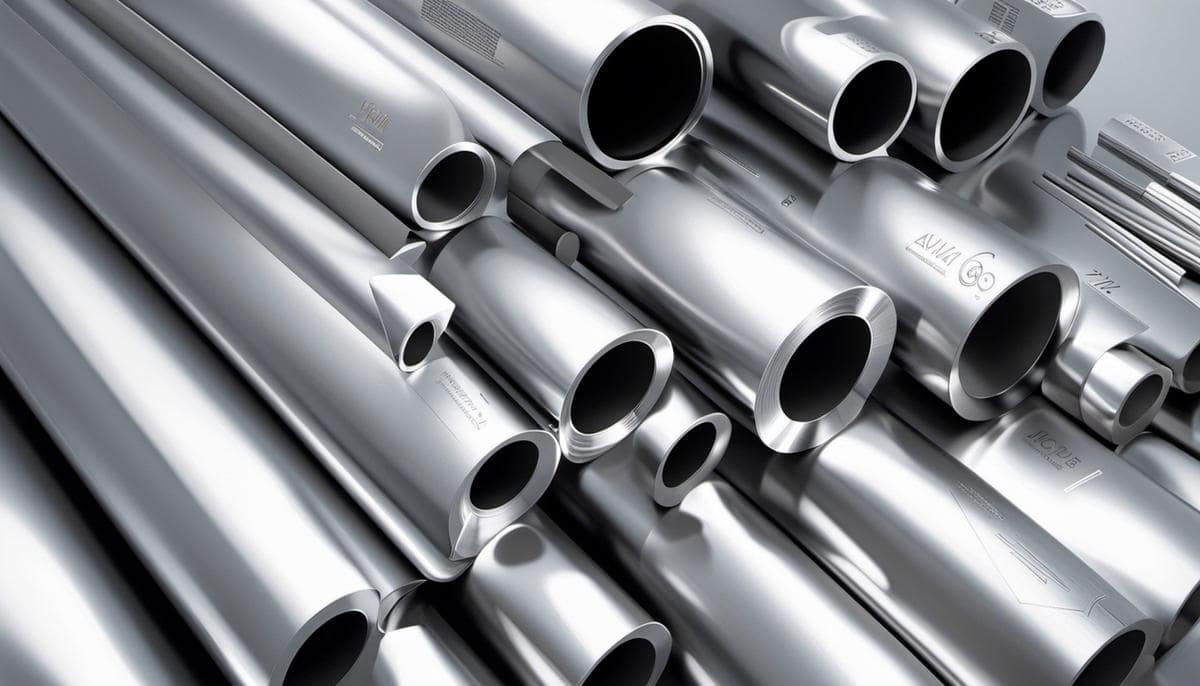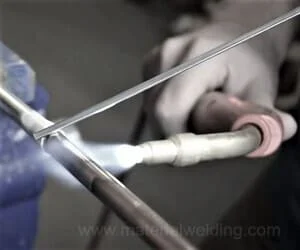Stick Weld Aluminum
While stick welding is typically used for welding steel and other ferrous metals, it can also be used to weld aluminum with the proper technique and equipment.
In this post, we will go over the equipment and technique needed to successfully stick weld aluminum, as well as the advantages and limitations of this method.
Whether you are a professional welder or a DIY enthusiast, this guide will provide you with the information you need to stick weld aluminum with confidence.
What are the Problems with Stick Welding Aluminum?
Compared to welding carbon steel or stainless steel, Aluminum behaves different when stick welding.
During stick welding aluminum, there are several problems that can occur such as :
Porosity: Aluminum is a highly reactive metal, which can lead to the formation of porosity in the weld.
Porosity is caused by the presence of gases in the weld, which can be introduced by the flux coating on the electrode or by the aluminum itself.
Special rod: Aluminum stick welding electrodes are special. They must be protected from the moisture and they are very sensitive to it.
Burn-through: Aluminum has a lower melting point than steel, which can make it more prone to burn-through when stick welding.
Burn-through occurs when the heat from the weld melts through the base metal, causing a hole in the metal.
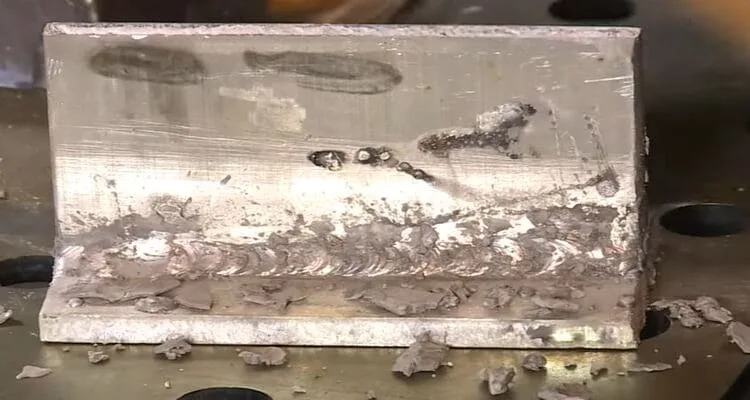
Warping: Aluminum is a lightweight metal, which can make it more prone to warping when stick welding.
Warping occurs when the metal distorts due to uneven heating during the welding process.
Lack of Penetration: The electrode used in stick welding aluminum is not as efficient as other methods, this can cause a lack of penetration in the weld.
This means that the weld may not completely fill the joint, which can weaken the overall strength of the weld.
Specialized Welder: Stick welding aluminum requires specialized equipment, such as a DC power source and aluminum electrodes, which can be more expensive than other welding methods.
Specialized knowledge: Stick welding aluminum requires specialized knowledge, such as proper preparation of the metal, selecting the right electrode and welding technique, to ensure the integrity of the weld.
How To Weld Aluminum With A Stick Welder
Welding aluminum with a stick welder requires a different technique and equipment compared to welding steel.
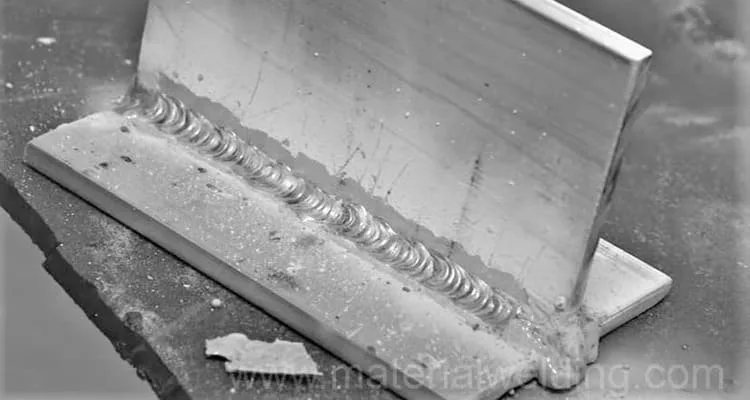
Here are the general steps to follow when stick welding aluminum:
Clean the metal
Clean the metal thoroughly to remove any dirt, oil, or other contaminants. This will ensure a strong and clean weld.
Make sure to remove the aluminum oxide layer prior to welding. Use either a grinder or chemical cleaning.
Light sanding is sufficient to remove the oxide layer.
Select the right electrode
Use an aluminum electrode with a high silicone content, such as an E4043 or E1100 electrode (AWS A5.3 specification).
Read more: E4043 Welding Rod Properties, uses & setting.
These electrodes are designed to weld aluminum and will provide the best results.
Right aluminum stick welding rods is highly important for a quality weld.
E4043 should be your first choice. E4043 contains around 4-5% silicon and it gives very good molten pool fluidity.
Set the Stick welder
Set the welder to a DC power and Reverse polarity. Adjust the amperage according to the thickness of the metal.
For aluminum, a lower amperage is typically used to prevent burn-through.
A3/32’’, E4043 rod works well with 50- 75 amperes.
For 1/8 inch size rod, 75- 125 amperes are good. For higher diameter rod such as 5/32 inch, use 100- 170 amperes.
Welding technique
Hold the electrode at a 90-degree angle to the metal and use a whipping motion to lay the weld.
This technique will help to prevent porosity and improve penetration.
Welding speed
Weld at a higher speed than when welding steel, this will help to prevent burn-through and warping.
But don’t travel too fast also, otherwise you will face lack of penetration issue.
Weld with a short arc to ensure good fusion with aluminum stick welding.
Post-weld cleaning
After welding, remove the flux from the weld using a wire brush. This will ensure a clean weld and prevent contamination.
Use grinder to grind any uneven or rough surface appearance.
The aluminum welds with stick welding are not very smooth and you may be little bit disappointed.
Clean the spatters and hard slag.
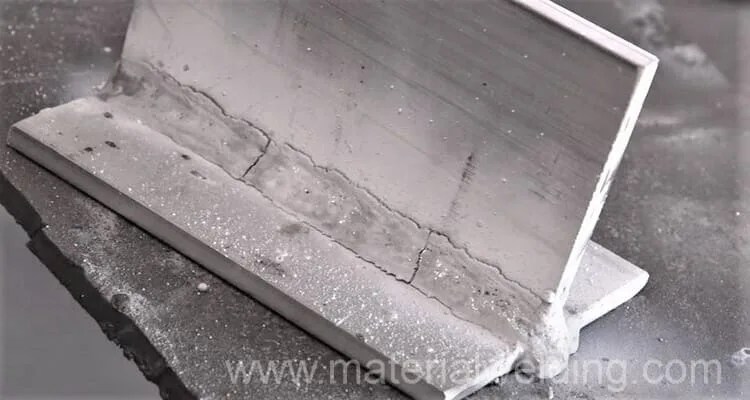
Inspect the weld
Inspect the weld for any defects such as porosity, lack of penetration, or warping. If any defects are found, re-weld the joint.
Best Welding Processes To Weld Aluminum
The best welding process for aluminum is TIG (Tungsten Inert Gas) welding.
TIG welding is a high-precision welding process that uses a non-consumable tungsten electrode to create the weld.
Read more: TIG & MIG Aluminum Welding Guide.
This process is known for producing high-quality, clean welds with minimal distortion. However, TIG welding requires a high level of skill and experience to perform.
Another welding process that is good for aluminum is Friction Stir Welding, but this process is costly and limited to specific types of welds. You can’t weld fillet welds with FSW.
MIG (Metal Inert Gas) welding is also a good process for welding aluminum, it is relatively easy to perform, however, it does not provide the same precision as TIG welding.
It’s important to select the right welding process for your specific application and consider factors such as equipment cost, ease of use, and weld quality.
Stick Welding Aluminum with TIG Trick
Stick welding aluminum with a TIG welder can be done using a technique known as “stick welding rod as TIG filler rod” method.
This method involves using a stick welding rod, specifically an E4043 aluminum electrode, and using it as a TIG filler rod instead of welding in stick mode.
The process starts by preparing the aluminum surface, cleaning it from any dirt, oil, or other contaminants.
Then the welder set the TIG welder to DC power source and adjust the amperage according to the thickness of the metal.
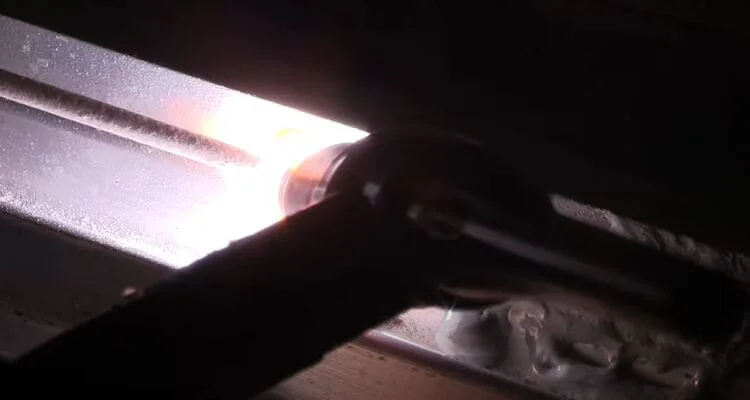
The welder then uses the stick electrode as a TIG filler rod.
This method allows the welder to use a TIG welder to stick weld aluminum, which can be useful for certain situations where stick welding is required but a TIG welder is available.
